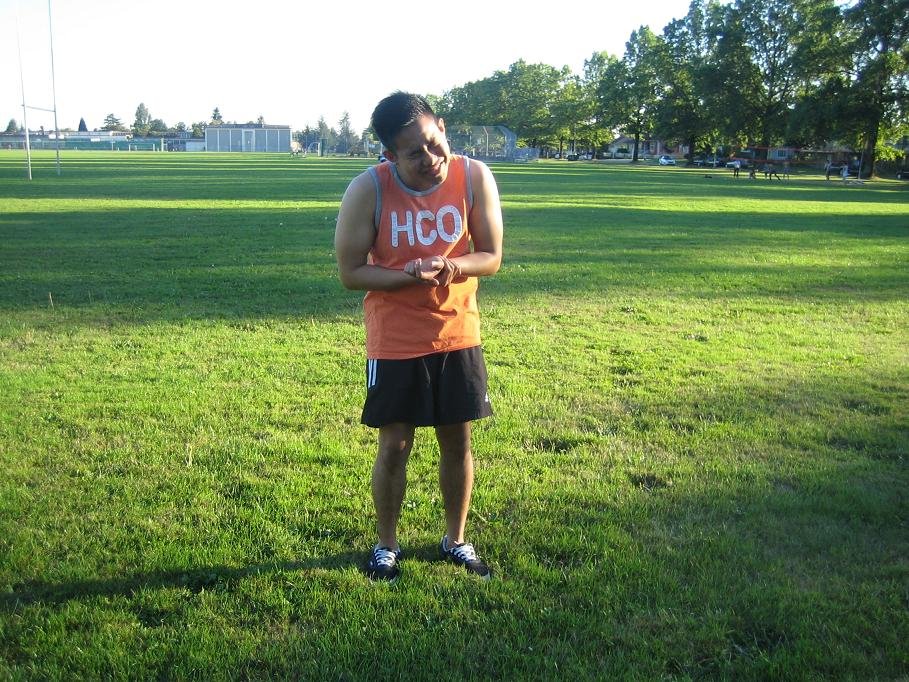Wasp stings are common during summer when people spend longer times outside. Wasps have a stinger which contains venom that is transmitted to humans during a sting. The wasp can sting many times as the stingers remain intact. Even if the stinger is not lodged in the skin, the venom can cause irritations and pain.
Some people develop allergic reactions to the sting which can be dangerous if not treated immediately.
Symptoms
- Redness of the stung area
- Sharp pain or burning sensation
A raised welt that surrounds the affected area. A small white mark is seen at the center of the welt which indicates the stinger has punctured the skin. - Swelling and itchiness
- A raised welt that surrounds the affected area. A small white mark is seen at the center of the welt which indicates the stinger has punctured the skin.
- After a few hours the swelling of the area becomes lessened
Severe symptoms
- Nausea or vomiting
- Severe swelling of the lips, throat or face
- Problems with breathing, such as wheezing
- Dizziness and a severe drop in the blood pressure or hypotension
- Itchiness or hives in other areas of body which are not stinged
- Diarrhea
- Losing consciousness
- Stomach cramps
- Weak or fast pulse
Treatment for a wasp sting
- Get away from the area where there are plenty of wasps.
- Elevate the affected area and remove any clothing. If the sting is on the legs or arm, lie down and raise the area in couple of pillows above the level of the heart to lessen the swelling. Remove any jewelries and tight clothing to prevent difficulties in removing them when there is swelling.
- Wash the affected area using soap and water to wash any venom in the skin. Remove the stinger in the skin to prevent spreading of the venom to other areas of the body. Another alternative is removing the stinger using a pair of tweezers or scraping it using a hard card such as credit or ATM card.
- Ice the affected area. Put some ice cubes in a plastic bag and then wrap it using a towel before placing to the area for at least 15-20 minutes at a time to lessen the itchiness and the pain.
- Keep the affect area dry and clean as much as possible and then cover it with a bandage to prevent development of infections.
- Apply calamine lotion or topical hydrocortisone cream to lessen the irritations and the itchiness.
- Take pain medications to lessen the pain and the inflammation.
- Take antihistamines to lessen the swelling and the itchiness.
- Soak a cotton ball or a paper towel in white vinegar and then wipe it over the affected area. The vinegar will neutralize the venom of the wasp. Another alternative is soaking a bandage in vinegar and place it over the area. Change bandage every few hours is also good for the condition.
More Information
The details posted on this page on a wasp sting is for learning purposes only. To learn to properly manage this type of insect sting, enroll in a first aid course with one of our training providers.
FACT CHECK
https://www.healthline.com/health/wasp-sting
https://www.medicalnewstoday.com/articles/297999.php
https://www.webmd.com/first-aid/bee-and-wasp-stings-treatment#1

